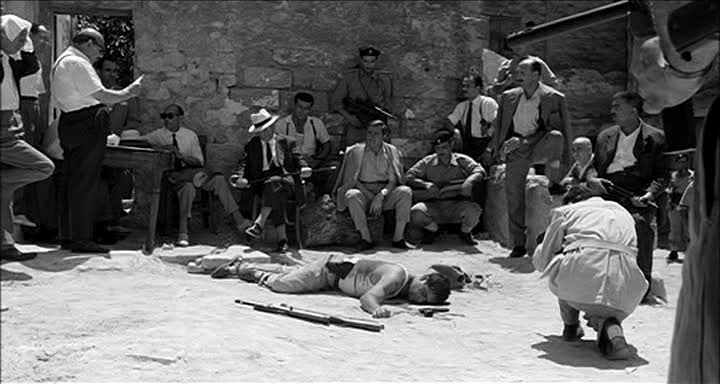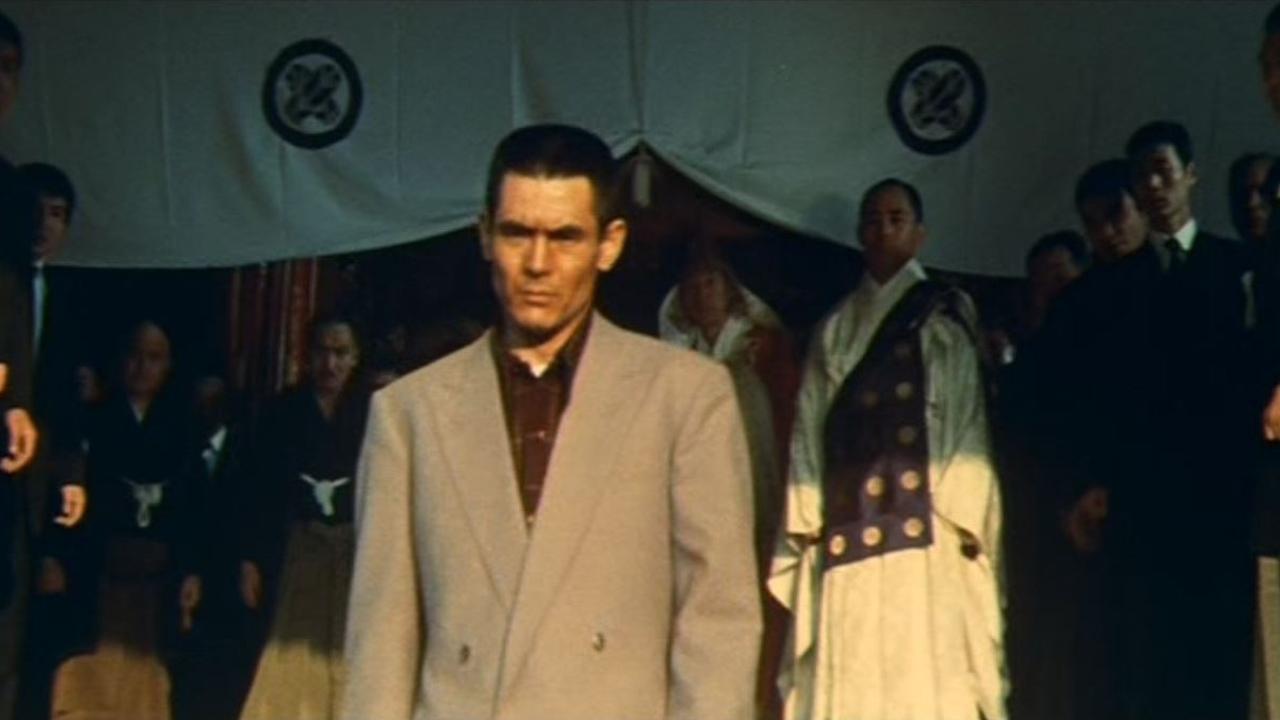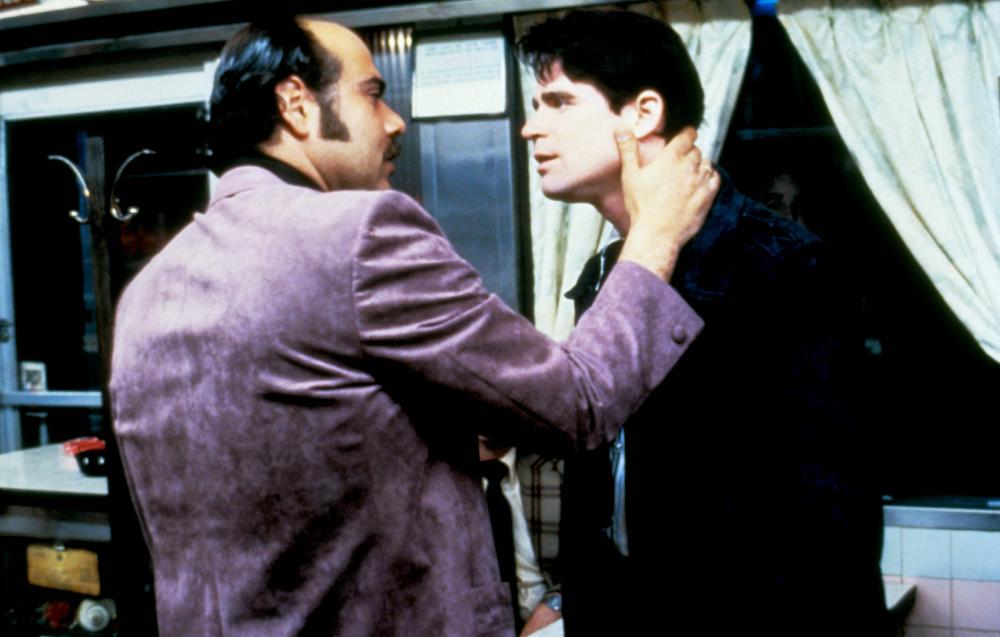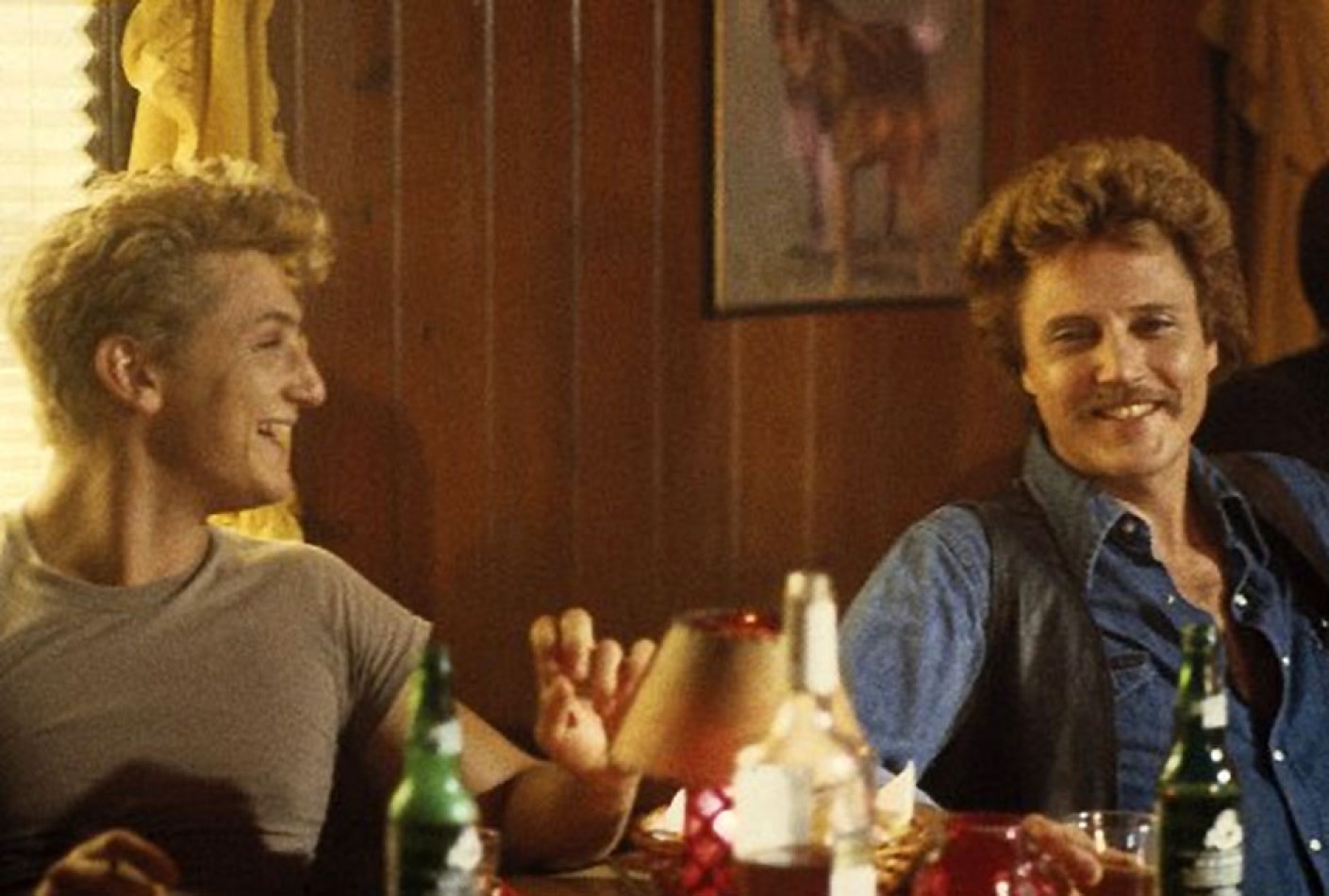
Cinema has imposed a specific and stereotyped version of gangsters. Big house, big cars, expensive clothing, expensive jewelry. Even though some real-life mobsters might follow these predetermined characteristics, reality is sometimes more complex.
These 10 movies try to give a different and alternative version, with bold and gritty portrayals of the modern outlaw lifestyle. Public service announcement: we could have chosen every single one of Martin Scorsese’s gangster movies, but for the sake of diversity, we tried to find different films from various regions of the world in order to have a multidimensional vision of the underworld.
1. Salvatore Giuliano (1962)

The title says it all. The movie revolves around the story of Salvatore Giuliano, a Sicilian bandit, and it depicts the most significative moments of his life. The movie isn’t set in chronological order, but rather jumps back and forward in time.
It begins from the earliest years after World War II in 1945-47 – recollecting the guerrilla warfare for the independence of Sicily and the terrorist attack in Portella della Ginestra – to 1950, the year Giuliano was murdered, and beyond. Yes, Giuliano was murdered in 1950, but this isn’t a spoiler.
The movie begins with the lifeless body of the Sicilian bandit on the ground, with police and people all around. This first shot establishes the tone of the film, and the glamorous and fascinating side of big-screen gangsters is totally prohibited in the narration.
The choice of pure realism is confirmed by the peculiar representation of Giuliano on the screen; we never see his full face in a close shot. More specifically, when he’s still alive we basically see him from over-the-shoulder shots or from afar, while his face is partially shown when he’s dead.
Even if he should be the main character, director Francesco Rosi didn’t want to emphasize his figure; he’s a gangster, a thug, a ruthless criminal, and he doesn’t even deserve a full shot of his face. In this way, we can’t identify ourselves with him and, above all, we can’t sympathize with him.
At the same time, by showing him as dead in the opening shot, Rosi denies any potential epic and glorious final sequence. If you see the great “Scarface” (1983), that film’s over-the-top and bombastic ending is functional to the glorification of Al Pacino’s character: he dies like a hero, alone against dozens of enemies, without fear or disillusion. In “Salvatore Giuliano,” there’s only the harsh reality of death.
Finally, we can’t forget the technical aspects of the movie. It seems like a 21st century film: the cinematography is captivating with its black-and-white contrast, and the camera movement is solid, substantial, and impactful. It’s one of the most modern films ever made and an unforgettable masterpiece.
2. Battles Without Honor and Humanity (1973)

“Battles Without Honor and Humanity” is widely considered the finest Yakuza movie ever made; it’s labelled as the Japanese ‘Godfather.’ However, while “The Godfather” (1972) depicts the mafia in a stylish and fictional way, this movie is focused on an authentic representation of the Japanese underworld.
The movie tells the story of the Yamamori family, created after World War II, and its fight with the Doi and the Kaito families for supremacy. “Battles without Honor and Humanity” is shot like a documentary, with great use of hand-held cameras – a trademark technique for director Kinji Fukasaku – and fast-paced editing.
From the title, it’s evident that the film tries to stay away from the classic themes of Yakuza movies, like honor and respect, and concentrates on a more realistic representation of gangsters. At the same time, the raw and violent environment is rendered by bloody scenes, with a splatter style.
Lastly, two little notes: it’s known that the during filming, many real-life Yakuza gathered in the settings and gave instructions and technical advice to the actors. Moreover, one of the producers of the movie – Koji Shundo – was an actual Yakuza before his work in the film industry. We can’t question the realism of Fukasaku’s motion picture.
3. Thief (1981)

Michael Mann never disappoints. His first feature film is a stylish yet realistic neo-noir movie that verges on perfection. Frank – played by James Caan, in his best performance ever – is an ex-convict. He has two honest jobs – a car dealership and a bartender – and still continues to be a thief, alongside his partner Barry (Jim Belushi). His economical life is perfect, but he feels incomplete without a wife and family.
His life is at a turning point: he decides to ask Jessie (Tuesday Weld), a cashier he knows, to live with him; at the same time, his imprisoned mentor “Okla” (Willie Nelson) tells him about his terminal condition and his desire to be released, to die free.
Lastly, he receives a proposal from Leo (Robert Prosky) – a mob boss – to work exclusively for him. The shares would be higher, just like the risks. Frank will have to manage all these situations without getting caught. When you watch a movie like this, it’s easy to underestimate its realistic tone.
The first things that catch your attention are the majestic cinematography – with great use of shadows and a particular touch of blue neon lights – and the synth-rock soundtrack by krautrock champions Tangerine Dream. These two elements defines the noir tone of the movie, with its typical tension.
At the same time, the directorial talent of Mann has been evident since the beginning of his prestigious career. The way he shoots the heist scenes is flawless; a special mention goes for the second scene, with 12 minutes of multiple-angle cameras and impeccable editing that make you feel like you are committing the crime. Even if this is one of the coolest movies ever made, the realistic tone of the story is in the backstage work.
The director hired real-life thieves as technical consultants; in fact, most of the techniques, employed by the robbers in the movie, could be used in real thefts. Moreover, Dennis Farina – in his acting debut, playing the thug Carl – was an actual cop, while John Santucci – who played the crooked cop Urizzi and served as a consultant – was an actual thief who had just gotten paroled. The hidden details and the meticulousness of Mann are essential in making “Thief” one of the most realistic and exciting gangster movies ever.
4. Prince of the City (1981)

Daniel Ciello (Treat Williams) is a NYPD narcotics detective who works in the SIU (Special Investigations Unit). He and his partners have the most favorable positions in the police force; the supervision on their unit is minimum and their freedom of action is absolute. They take advantage of this position and commit illegal actions, such as taking money during round-ups or releasing criminals after they pay a conspicuous sum.
At the same time, they supply drugs to informants in order to keep them depending on their daily doses. Moreover, the SIU has relationships with the underworld and Ciello has a cousin in the Italian mafia.
Ciello starts to doubt his own action and, during this time frame, he’s approached by internal affairs. They offer him a chance to cooperate, in exchange for complete immunity and protection. He must deal with his feelings, torn between guilt and loyalty for his partners.
This is a different type of gangster movie. The main characters are cops, but they act like gangsters; they are organized like a gang, with their code of honor. They even dress like gangsters, with expensive suits, expensive watches, and jewelry. Director Sidney Lumet is impeccable in the portrayal of power and corruption.
The movie is claustrophobic most of the time: many scenes are set in interior rooms and when the movie takes place outside, we barely see the sky. The environment these narcotics detectives live in is no longer cozy; they must face consequences for their action, but they don’t want to accept their destiny. The cinematography is perfect with its faded colors, creating a cloudy and rainy feel that is typical of old noir movies.
Based on the non fictional book “Prince of the City” (1978) by Robert Daley, the film was so explicit and real that the DEA asked Lumet for a copy of the movie for its training program. If the DEA gives you credit for the realism of the movie, you know you did a great job.
5. At Close Range (1986)

Forget the emotional ‘80s synth-based soundtrack, the romantic storyline, and the stylish directing. This movie is a real and raw depiction of a rural gangster family. Brad Whitewood Jr. (Sean Penn) is the son of Brad Whitewood Sr. (Christopher Walken), a local boss of an underground gang of thieves. He begins to restore his relationship with his father after his parents divorced; during this reconciliation, Jr. starts to assists his father’s gang in their criminal activities.
At the same time, he meets Terry (Mary Stuart Masterson) and they start dating. Their relationship and his involvement in the illegal business of his father will cross their paths in a dangerous and unpredictable way.
Director James Foley – who directed the great “Glengarry Glen Ross” (1992) – gives a twist to the typical urban settings of gangster movies. From the description of the film, we would expect a romanticized portrayal of rural America, where people live peacefully, surrounded by nature in their stereotypical small towns. Forget about it.
The romantic storyline between Brad Jr. and Terry and the more relaxed and light-hearted scenes are functional to create a contrast with the ruthless violence that breaks out in the second part of the movie.
The dreamy and fantasized idea of the outlaw life is torn apart completely by the sadistic behavior of Brad Whitewood Sr., masterfully portrayed by Walken, who is able to convey the madness and the borderline sociopathy of the character.
Lastly, the scariest aspect is that the movie is based loosely on the true story of criminal Bruce Alfred Johnston Sr.. His gang killed five people and, after the trial, he was sentenced to six consecutive life sentences.